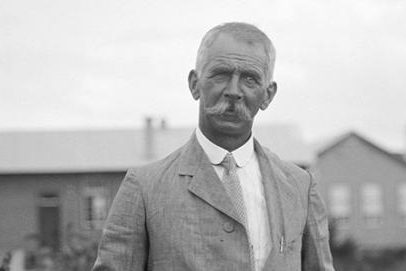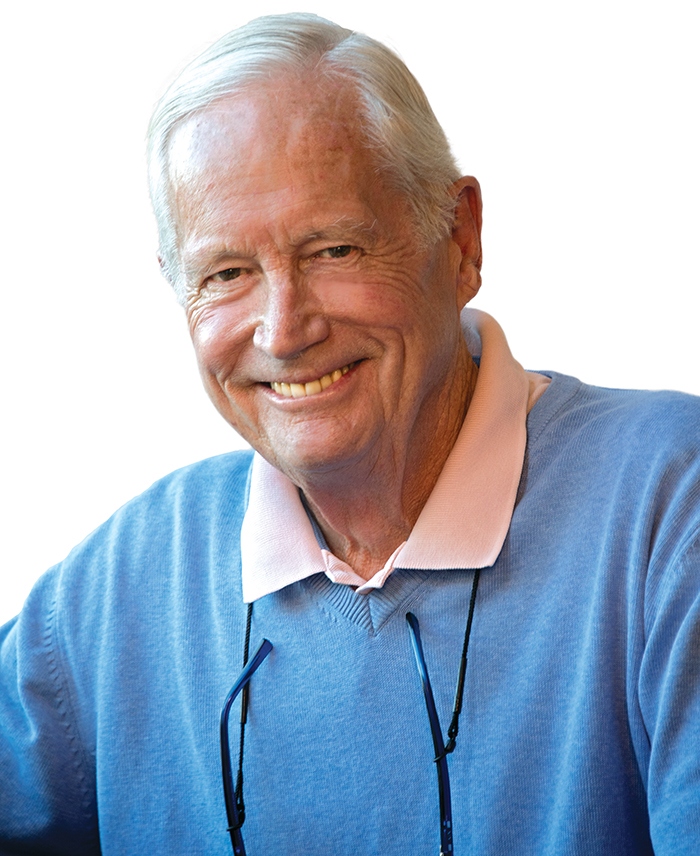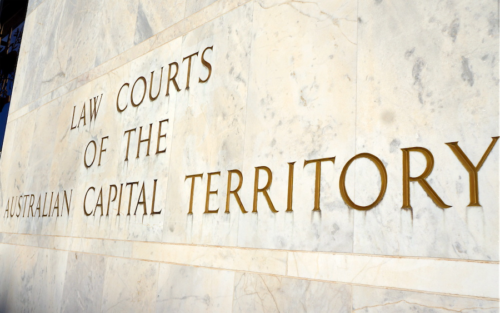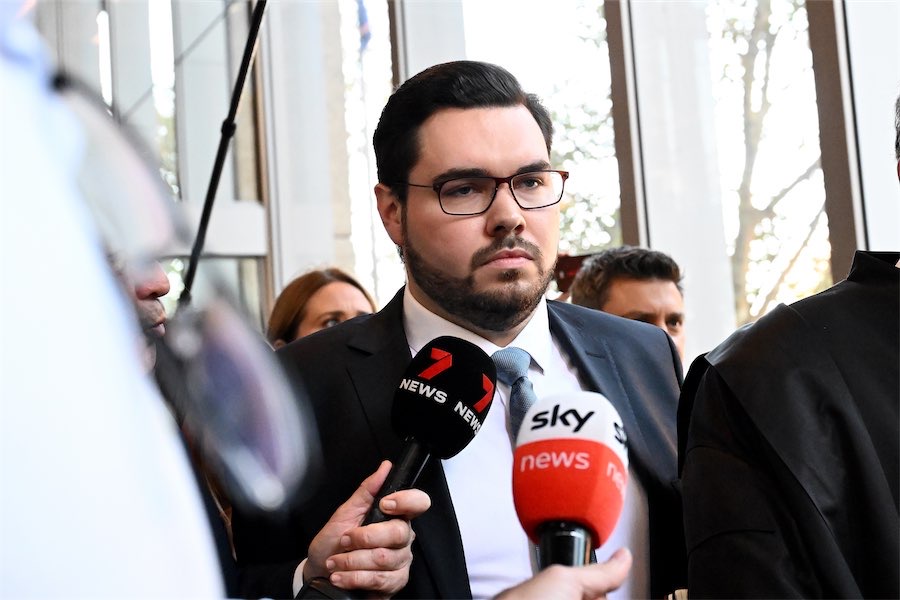
“The research has astonished me as week by week I have been guided by a multitude of enthusiasts to an exploration of the real, untold story of Canberra’s beginnings,” writes columnist ROBERT MACKLIN.
THOUGH I’ve lived in the national capital for almost half a century, it was not until this year that I became a real Canberran. And what a joy the 2023 process has been.

I first arrived from Queensland via “The Age” newspaper and after a stint in the team covering the Parliamentary sessions moved to its Canberra Bureau. From there I met the lovely Wendy Webster at a journo’s party and we’ve been together ever since, with Canberra as our base and Tuross as our little hideaway.
In the 1990s we both wrote for the “Canberra Times” while I steadily added to the books recording my fascination with Australian history and politics. And after John B Fairfax in 2003 saw the talented Crispin Hull and myself made redundant, I was privileged to accept the “Gadfly” role with Ian Meikle’s splendid “CityNews”.
But until this past year I had lived on – but not within – the Canberra that began its life in the early days of the 20th century. I simply relished its convenience, its magnificent research sources at the NLA, the AWM, the AIATSIS treasure trove, and the generous professorial expertise at the ANU.
That changed dramatically when early this year two blokes appeared from the blue – Trevor Lipscombe and Tony Maple, of the Canberra and Region Heritage Researchers – and asked if I was interested in writing a biography of the horticulturist Charles Weston.
By then we were living in the suburb of that surname, though I quickly learned it was unconnected to the great man celebrated in Yarralumla’s Weston Park. That was the first of literally thousands of facts, figures and fabulous stories that would come my way in the months ahead.
The research has astonished me as week by week I have been guided by a multitude of enthusiasts to an exploration of the real, untold story of Canberra’s beginnings.
They range from Weston’s descendants, John Gray’s meticulous doctoral thesis, Max Bourke’s broad expertise, the NCA’s Sally Barnes, the ACT Heritage Library’s Antoinette Buchanan and the dedication – and generosity – of Canberra’s various horticultural and arboreal volunteer groups.
It is a saga as exciting and surprising as any of the stories of my 28 earlier books. Here are just a few of the highlights that transformed my perception to that of a true Canberran – some positive, some not so much:
- The anger towards the settlers’ racist ravaging – through their occupation, ringbarking and rabbits – of the wonderful meeting place of coastal, mountainous and neighbouring Aboriginal people;
- The misplaced pride we attribute to Mt Ainslie, after a man who should be expunged from our favourite outlook and replaced with the daughter he abandoned.
- The sad fate of the brilliant town planner, Walter Griffin whose fragile personality threatened to turn the execution of his grand, if imperfect, vision into a tragic farce.
- The chaotic political imbroglio in the first two decades of Federation – with Billy Hughes at his most mercurial.
- The calamitous role of the American parliamentary imposter King O’Malley.
- The amazing “rescue team” of John Sulman, Littleton Groom and John Butters.
- And, most of all, the global journey of Charles Weston, from his humble British upbringing, an amazing rise through that country’s massive gardening industry, and his embrace of Australia’s biggest and most progressive “garden city” project.
Until now, Weston has been the unsung hero of the Canberra we love like no other city in the Commonwealth for its amenities, its convenience and the unique mantle of arboreal protection from the worst effects of climate change. It had been a yawning gap in our published heritage.
Canberra is a great work in progress, but the magnificent foresight of Weston – and later Lindsay Pryor, who built brilliantly on his foundations – have been appreciated by a cohort of enthusiasts. In seeking my lifelong training to tell that story, they have done me the greatest favour and privilege.
It has inspired me, through indifferent health, to embrace the project seven days of every week to compress it into 60,000 words and a photographic outlay over two continents.
The manuscript is currently with Melbourne University Press, Hardie Grant and the NLA’s publishing arm so depending on them (and other potential publishers who might wish to be part of the great adventure) it will appear in 2024. When it does, I promise, it will add a new and fascinating dimension to the city that all of us should proudly call home.
Who can be trusted?
In a world of spin and confusion, there’s never been a more important time to support independent journalism in Canberra.
If you trust our work online and want to enforce the power of independent voices, I invite you to make a small contribution.
Every dollar of support is invested back into our journalism to help keep citynews.com.au strong and free.
Thank you,
Ian Meikle, editor




Leave a Reply